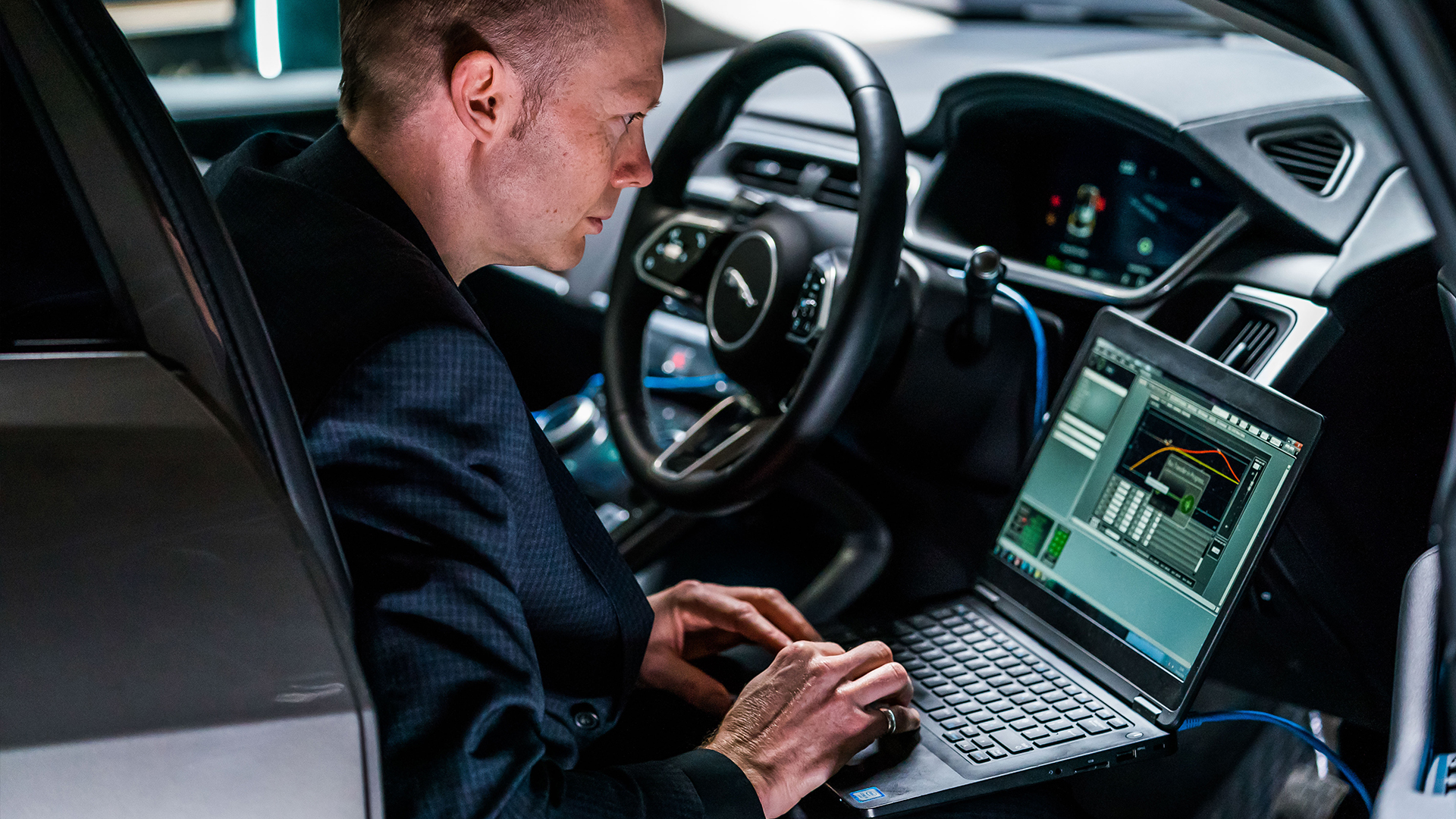

Regulations all over the globe are calling for electric cars to emit noise as they creep along the road at low speeds in order to protect those with visual impairments. The Jaguar I-Pace will begin to be fitted with an Audible Vehicle Alert System in order to alert pedestrians that the SUV is in motion. Jaguar revealed the noises that its newest lineup of electric vehicles will emit, and it sounds out of this world.
Like all electric cars, the noise emitted while under certain speeds can be difficult for pedestrians to hear, and people who are visually impaired will have a greater difficulty discerning that a vehicle might be traveling in their direction. Because of this, regulations in the United States and European Union have become the key focus of automakers looking to outfit the future with electric mobility. In the United States, vehicles have until 2020 to comply with the legislation, while the EU has adopted a starting point for 2019.
While traveling at speeds less than 18.6 miles per hour (or a slower 13 mph in the EU), the I-Pace will emit a noise above 56 decibels, somewhere between the volume of a refrigerator and an air conditioner.

“The absence of traditional engine noise from electric vehicles creates a problem for vulnerable pedestrians, such as the blind or visually impaired,” said Iain Suffield, a technical specialist at Jaguar. “This is especially true at low speeds in town centres and car parks. We developed the Audible Vehicle Alert System for the [I-Pace] to ensure the safety of all road users. Our potentially life-saving technology cannot be switched off and as the leading charity for people with sight loss, we are pleased to have the support of Guide Dogs to ensure real people are at the heart of our product testing”
Jaguar said that its staff worked for nearly four years to develop the perfect noise for its vehicles. It claims that the noise, which is emitted from a speaker nested behind the vehicle’s front grille, is audible to those outside of the car, yet cannot be heard in the cabin. Sound engineers tested the car in urban environments and even special echo-free chambers to ensure that the noise would be effective.
According to Jaguar, initial tests caused pedestrians to look to the sky out of confusion (instead of watching out for oncoming traffic), it dropped plans to implement noises that sounded like they were emitted from sci-fi space crafts. Instead, it modified the noise and programmed the car to shift the pitch and volume as the vehicle sped up or slowed down, similar to a car’s engine producing different noises based on load. Still, it’s hard to say that this doesn’t sound like a spaceship.